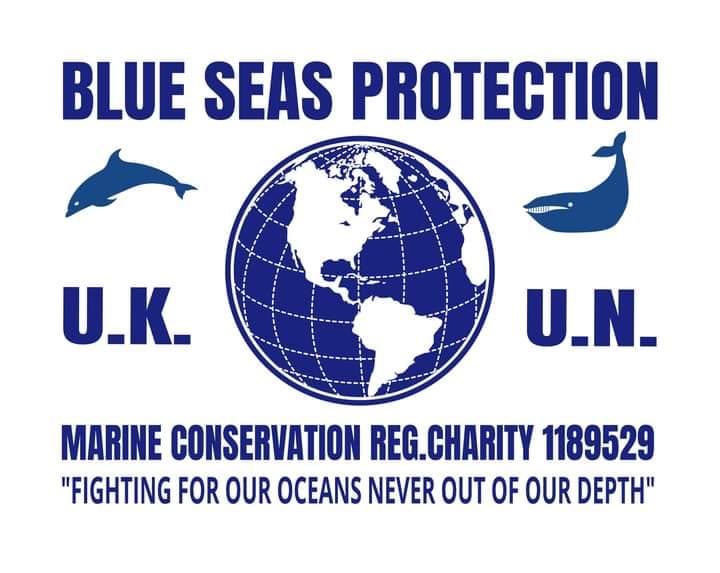Supertrawlers in our Marine Conservation Zones.

What are Supertrawlers?
Supertrawlers are fishing trawlers that measure over 100 meters in length. They can catch hundreds of tons of fish every day, using nets up to a mile long. The fishing techniques they use change depending on the type of fish they catch.
Pelagic trawls catch fish that live in the upper water column of the ocean. Pelagic fishing can mean, devastating consequences for bycatch fish and mammals.
Whilst trawls with dredging capabilities use metal teeth to rake out shellfish from the sand. Dredging as a fishing technique is perhaps the most destructive. The metal teeth of the rake wreak havoc on the seabed and leave everything in its path destroyed.
Blue Seas Protection are appalled to read the results of a Greenpeace investigation into Supertrawlers. The investigation found up to 25 instances of Supertrawlers fishing in 39 different Marine Conservation Zones. Some of these trawlers were four of the biggest in the World.
What are Marine Conservation Zones?
A Marine Conservation Zone is an area that protects rare or threatened habitats and species. There are 91 MCZs in the waters around England. These Zones were designated in two phases following a process closely involving stakeholders. Following the consultation there are now 41 sites and 12 additional features designated as of 31st May 2019.
DEFRA (Department for Environment Food and Rural Affairs) has stated that:
“Action will be taken to ensure that the new sites are properly protected from damaging activities, taking into account local needs. Restrictions will differ from site to site depending on what features the site intends to protect.”
DEFRA (DEPARTMENT FOR ENVIRONMENT FOOD AND RURAL AFFAIRS)
DEFRA decides whether a Marine Conservation Zone can be commercially fished. Trawling is just one of many damaging activities allowed to take place. Other activities include water-sports and the building of offshore wind-farms. Marine Conservation Zones are not adequate enough protection.
Marine Conservation Zones have led to much criticism. One such critic is George Monbiot. His main criticism being that they are nothing more than pieces of paper and do very little for the protection of marine life.
“What do the terms ‘marine reserve’ and ‘marine-protected area’ conjure up for you? Places in which, perhaps, wildlife is protected? In which the damaging activities permitted in other parts of the sea – such as trawling and dredging – are banned? Wrong … in most cases, the fishing industry can continue to rip up the seabed, overharvest the fish and shellfish, and cause all the other kinds of damage it is permitted to inflict in the rest of this country’s territorial waters … our marine reserves are nothing but paper parks“
George Monbiot
Our Local Marine Conservation Zone.
Sandown Bay is protected by the Bembridge Marine Conservation Zone. It stretches from Seaview to just below Shanklin.

Blue Seas Protection have been alerted that Supertrawlers with dredging capabilities are coming close to the Bay. Knowing, what we do, about the protected characteristics of the Bay this activity would be in direct violation of the protections that are in place under our MCZ.
This is why Blue Seas Protection calls for Marine Conservation Zones to actually protect the waters and its inhabitants and allow no large scale commercial fishing. We will continue to lobby DEFRA and the Secretary of State for Environment, Food and Rural Affairs, George Eustice. Making sure that areas such a Bembridge MCZ are given the higher status of HPMA (Highly Protected Marine Area).
Below is our latest video essay on the subject
